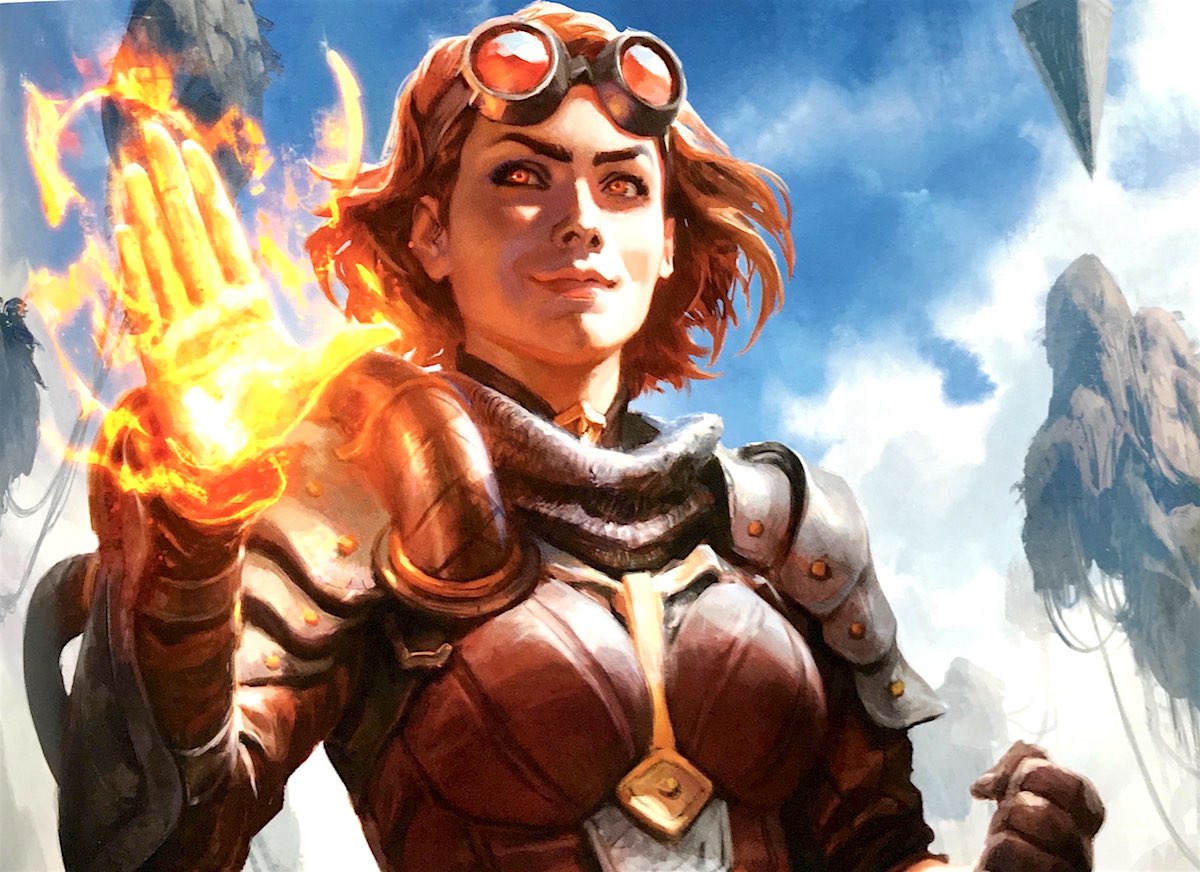The Art of Magic – a card index and nature guide to Zendikar

See sample pages from this book at Wink.

It was right before Christmas and for a present I was desperate for a Magic: The Gathering player. When I asked knowledgable friends if there was such a thing as a Poki(C)dex-style guide to all the MTG cards available, I was directed towards The Art of Magic: The Gathering: Zendikar.
This coffee-table book is limited to art from the Zendikar set, the most recent card collection published by Wizards of the Coast. There is no reference book showing all MTG cards from its 20-plus year history, and this book will not scratch that itch; there are too many cards out there, thousands and thousands, for that to be a reasonable project in 2016. But if you're someone who would like a MTG-dex to exist, then you're going to want this on your coffee table.
The text isn't an analysis of the artwork, but instead is closer to a nature guide to Zendikar - the plane (or planet) of this set - and a retelling of the plot behind the collection. Parts are amusingly reminiscent of Lonely Planet travel guides: "In one spot on Murasa's towering cliffs, the Tajuru elves created a passable route over the wall. The route, consisting of steep, winding switchbacks and a few rickety wooden lifts, ins now maintained by humans and guarded by ogres, all in the service of an ogre named Kazuul. Upon reaching the top, travelers must pay tribute to Kazuul, and if the Tyrant of the Cliffs is not satisfied, he hurls them right back down the way they came as punishment for their impudence."
A six-page appendix is the only place where the book breaks character, as Mark Rosewater - the designer of the Zendikar and Battle for Zendikar card sets - describes the years-long process by which the writers, artists, and art directors create a new world.
There's a house style that dominates, and it would be nice if there was more diversity of drawings. The illustrations mostly use dark, muted colors, there are a lot of floating rocks, and it's all realistic (for certain definitions of "realistic"), although the inside is more colorful than the drab cover would have you think. There's none of the humor of some early MTG cards (ork picking your nose, I'm thinking of you).
But there's more variety than you might expect - vampires like Drana, who has traumatic memory loss, and Plainswalkers like Chandra Nalaar, who "handles most of her problems by incinerating them." I found the descriptions of the lands to be the most interesting (and least likely to involve the word "eldritch").
This book is primarily for MTG players. It's unlikely anyone unfamiliar with Magic will want to sit down and cosy up with a description of how the Jorga elves were slaughtered by the titans at Bala Ged. But Dragon Age players, D&D dungeon masters in search of inspiration, even people who have no interest at all in dragons - anyone who'd like to see how fantasy art has progressed since the days it meant air-brushing a wizard on the side of a 1975 Dodge Tradesman - will enjoy looking through this impressive example of art and worldbuilding.- Sara Lorimer